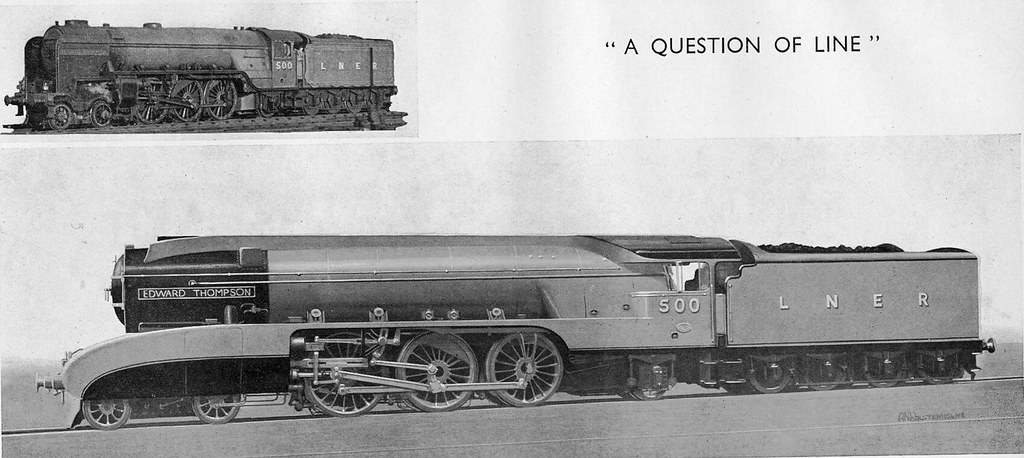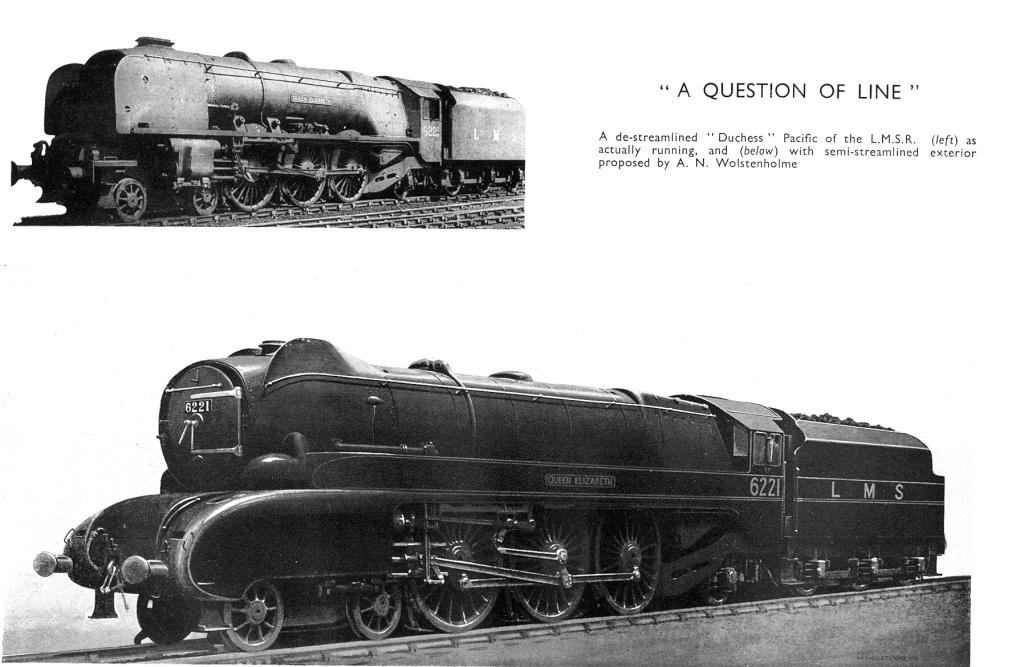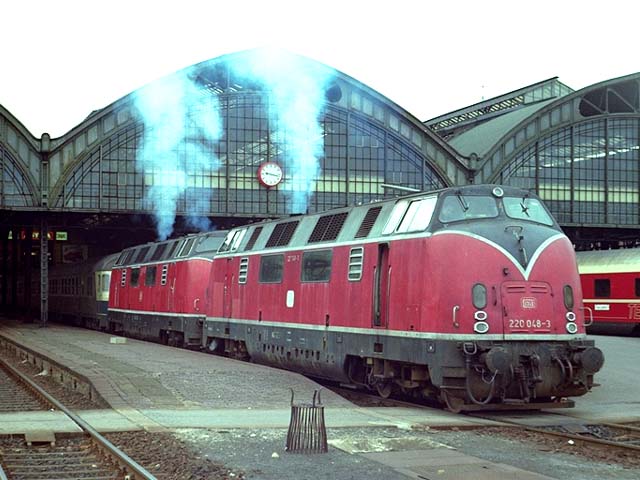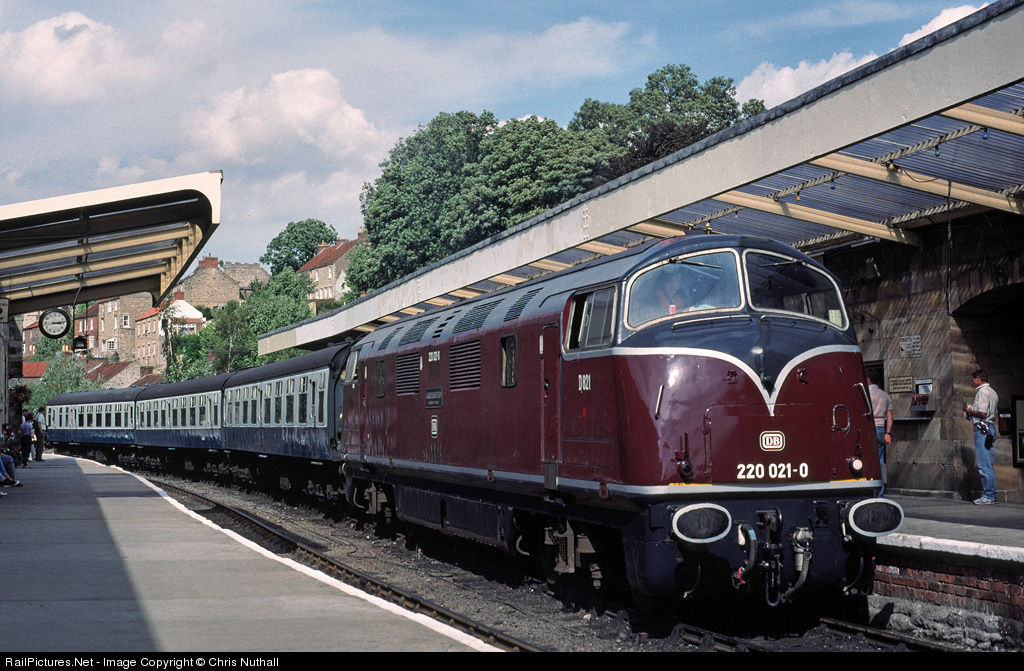yes, that's the right term, though it slipped my mind at the time of writing. the design of the semi-streamlining was by a mister A. N. Wolstenholme, who created a number of posters for BR including the well known line-up poster of all the BR designs of the era.S.A.C. Martin wrote:Semi-streamlined, surely?65447 wrote:Now that is seriously lacking in aesthetics, to put it politely.Nova wrote:I recall stumbling across the below impression of a streamlined Thompson pacific and it is a much more handsome beast than the unstreamlined version in my humble opinion

he also came up with a design for a semi-streamlined Duchess, which is...less than graceful

if it wasn't for all that clutter around the smoke box it wouldn't look too bad, but those fins especially seem to ruin the lines, it would probably look somewhat better with a P2-like smokebox.
The fairing on the lower half looks nice in my opinion, though, and I'm tempted to have a go at the sei-streamlined A2/3 purely because it'll be something unique and interesting. Semi-streamlining also makes more sense in a post war climate than full streamlining as it's easier to get at internals for maintenance whilst still marking the engine as something a cut above the rest, plus it would be cheaper than full streamlining.
I shall now retreat to my bunker before the artillery hits (I can already hear the Nebelwerfers)




